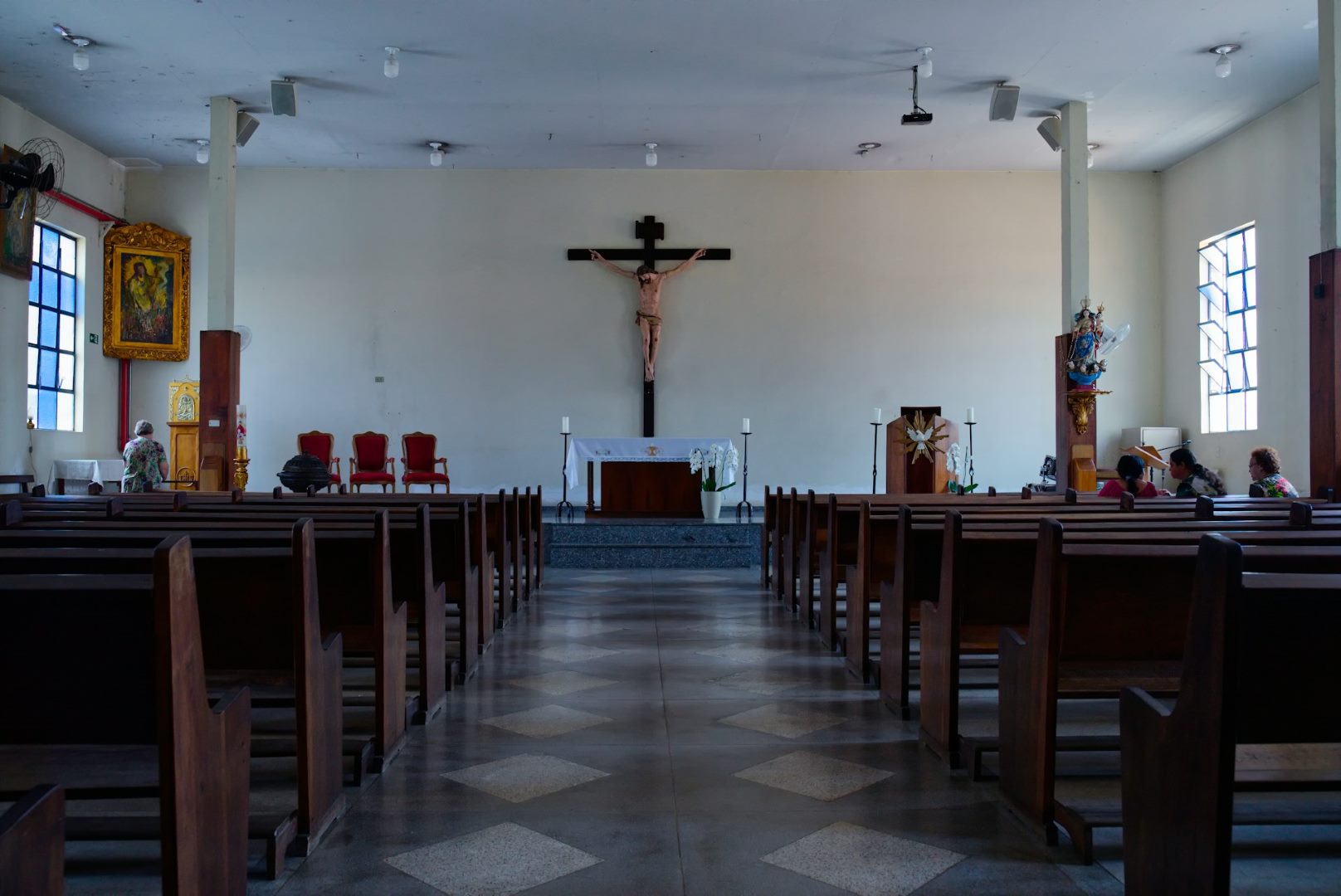Introduction
Good Friday Mass is a solemn and profound religious observance within the Christian faith. It marks the commemoration of Jesus Christ’s crucifixion and death on Calvary. This day holds immense spiritual significance, as Christians reflect upon the sacrifice and love demonstrated by Jesus for the redemption of humanity.
The History and Significance of Good Friday
The origins of Good Friday can be traced back to the events of the first Good Friday, approximately 33 AD. According to the biblical narrative, Jesus was unjustly accused, arrested, tried, and condemned to death by crucifixion by the Roman authorities.
The crucifixion was an excruciating form of capital punishment reserved for the most severe criminals. Jesus endured immense physical and emotional suffering during his hours on the cross.
The Liturgical Order of Good Friday Mass
Good Friday Mass is celebrated in churches of various Christian denominations, each with its unique liturgical traditions. However, the following elements are typically observed:
The Liturgy of the Word
- Readings from the Old and New Testaments focus on the passion and death of Jesus.
- A solemn reading of the Passion narrative from one of the Gospels.
The Liturgy of the Veneration of the Cross
- A large cross is unveiled and the congregation venerates it by genuflection, kissing, or touching.
- This act symbolizes both the reverence for Jesus and the recognition of the significance of his death.
The Liturgy of the Eucharist
- The consecration of bread and wine into the body and blood of Christ.
- This sacrament commemorates Jesus’ sacrifice and offers a spiritual connection between the congregation and God.
The Communion Service
- The distribution of the consecrated bread and wine to the congregation.
- This act represents the sharing of Jesus’ body and blood and symbolizes unity within the Christian community.
The Stations of the Cross
A common devotional practice associated with Good Friday is the Stations of the Cross. This tradition involves prayerful meditation on 14 specific moments in Jesus’ journey to Calvary, culminating in his crucifixion and resurrection.
Participating in the Stations of the Cross helps Christians connect deeply with Jesus’ suffering and sacrifice and to reflect upon the meaning of his death.
Observing Good Friday
In addition to attending Good Friday Mass, Christians observe the day in various ways to commemorate the sacrifice of Jesus:
Fasting and Abstinence
- Many Christians observe fasting and abstinence as a sign of penance and solidarity with Jesus’ suffering.
- Fasting typically involves reducing food intake, while abstinence involves abstaining from meat or other specific foods.
Prayer and Reflection
- Prayer is an essential aspect of Good Friday observance, as Christians seek to connect with God and reflect on the significance of Jesus’ death.
- Personal devotions, such as the rosary or reading the Passion narrative, are encouraged.
Service and Outreach
- Some Christians choose to spend Good Friday in service to others, such as volunteering at soup kitchens or nursing homes.
- This act reflects the selfless love and sacrifice exemplified by Jesus.
Conclusion
Good Friday Mass is a deeply moving and spiritually significant event in the Christian calendar. It provides an opportunity for Christians to commemorate Jesus’ crucifixion and death, to reflect upon the meaning of his sacrifice, and to draw closer to God through prayer, fasting, and service.
By observing Good Friday Mass and participating in its traditions, Christians can gain a deeper understanding of the love, sacrifice, and triumph that lie at the heart of their faith.



